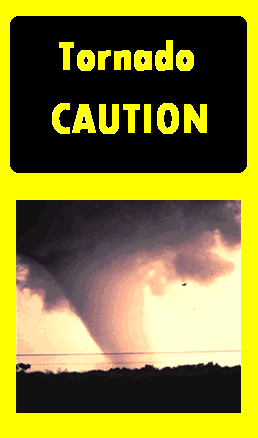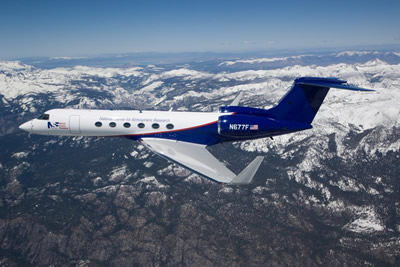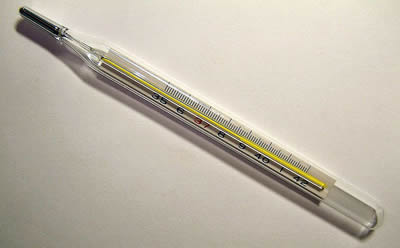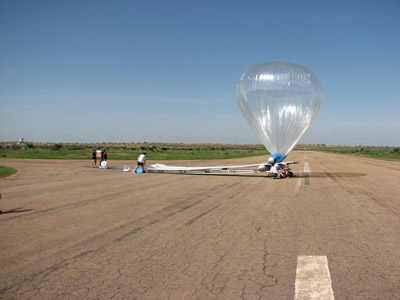
Courtesy of NOAA Photo Library, NOAA Central Library; OAR/ERL/National Severe Storms Laboratory (NSSL), National Weather Service Forecast Office of Paducah, Kentucky, Alicia Pearce, Vanessa Pearce
Tornado Safety
The best way to protect you and your family from being injured or killed from a tornado comes from being prepared and knowing what to do. Families can prepare for a storm before it arrives.
The first step is to create a plan for when people are at home, work, school, and outdoors. Most shopping malls, sports arenas, office buildings, schools, nursing homes, hospitals, and mobile home communities have a tornado safety plan in place. Next, practice your plan. Listen to the forecasts so you can be ready if there is a possible threat of bad weather.
If you are in a home or a building when a tornado warning is issued, move to a basement or similar shelter. It is helpful to get under a heavy workbench, sturdy table, or staircase for extra protection. Sleeping bags and mattresses can provide good protection, especially when there is no access to the previously mentioned items.
When a basement or similar shelter isn't available, go to a hallway or room in the center of the building (bathroom or closet) and get under a stable piece of furniture or a staircase. Stay away from windows. Make sure everyone is covered with a blanket or a mattress to be protected from debris, and crouch on floor as low as possible, facing down, covering your head. Automobiles and mobile homes are unsafe places to be during a tornado. If you are outside or in a vehicle, then go to a nearby ditch or depression and lie flat. This should be done if no sturdy buildings can be found in the area nearby. Do not take shelter under bridges.
Make sure to be on the lookout for any bad weather in the area. Tune into local television stations and your NOAA radio for the most up to date information about tornadoes in your area.














